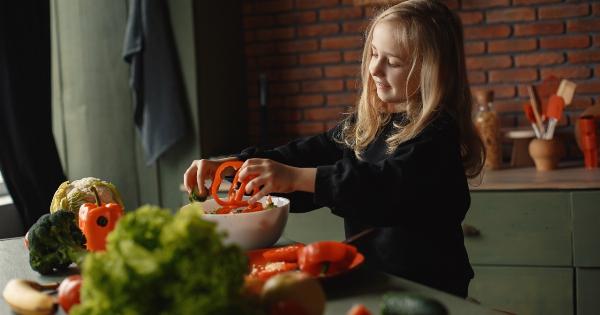Co-sleeping, also known as bed-sharing, is a common practice where a newborn baby and mother share the same sleeping space. This practice has been around for centuries and can promote a closer mother-baby bond.
In addition, co-sleeping offers practical benefits such as easier breastfeeding, better sleep for both mother and baby, and reduced risk of Sudden Infant Death Syndrome (SIDS).
: The benefits of co-sleeping
: Promotes mother-infant attachment
Co-sleeping allows the mother to be physically close to the baby, which promotes attachment and bonding.
Research has shown that infants who co-sleep with their mothers have more secure attachment styles and are less likely to experience separation anxiety and stress.
: Easier breastfeeding
Co-sleeping has been found to make breastfeeding easier, as the mother is more attuned to the baby’s hunger cues. It also allows for more frequent breastfeeding, which can help stimulate milk production.
This is especially beneficial for mothers who plan to breastfeed exclusively.
: Better sleep for both mother and baby
Co-sleeping has been found to improve sleep quality for both mother and baby. Studies have shown that mothers who co-sleep with their newborns sleep longer and wake up less frequently during the night.
Additionally, newborns who co-sleep with their mothers tend to cry less and sleep more soundly.
: Reduced risk of Sudden Infant Death Syndrome (SIDS)
Research has shown that co-sleeping can help reduce the risk of SIDS, the sudden and unexplained death of a baby that is less than one year old.
Co-sleeping with a baby in the same room, but on a separate sleeping surface, has been found to reduce the risk of SIDS by up to 50%. Bed-sharing can also be safe when practiced properly, such as using a firm and flat mattress, avoiding soft bedding and pillows, and keeping the baby on their back to sleep.
: The downsides of co-sleeping
: Risk of accidental suffocation
Co-sleeping can pose a risk of accidental suffocation if the baby becomes trapped or smothered in bedding or pillows. It is important to follow safe sleeping guidelines to reduce this risk.
Additionally, bed-sharing should be avoided if either parent smokes, uses drugs or alcohol, or is excessively tired.
: Disrupts parental intimacy
Co-sleeping can disrupt parental intimacy and the couple’s relationship. It can also result in the mother feeling overwhelmed and exhausted from constantly being next to the baby.
It is important for couples to communicate openly and set boundaries to maintain their relationship.
: The different types of co-sleeping
: Bed-sharing
In bed-sharing, the baby and mother share the same bed. This type of co-sleeping can be beneficial for breastfeeding and attachment. However, it is important to follow safe sleeping guidelines to reduce the risk of SIDS and accidental suffocation.
: Room-sharing
In room-sharing, the baby and mother share the same room but sleep in separate sleeping spaces. This type of co-sleeping has been found to reduce the risk of SIDS by up to 50%.
It is important to use a separate and safe sleeping surface for the baby, such as a bassinet or a play yard.
: Furniture-sharing
Furniture-sharing involves the use of a sidecar, a bedside sleeper, or a bassinet that attaches to the side of the bed. This type of co-sleeping can offer the benefits of bed-sharing while reducing the risk of accidental suffocation.
: Conclusion
Co-sleeping can promote a closer mother-baby bond, easier breastfeeding, better sleep for both mother and baby, and reduced risk of SIDS. However, it is important to follow safe sleeping guidelines to reduce the risk of accidental suffocation.
Ultimately, the decision to co-sleep should be based on the individual family’s needs and preferences.






























